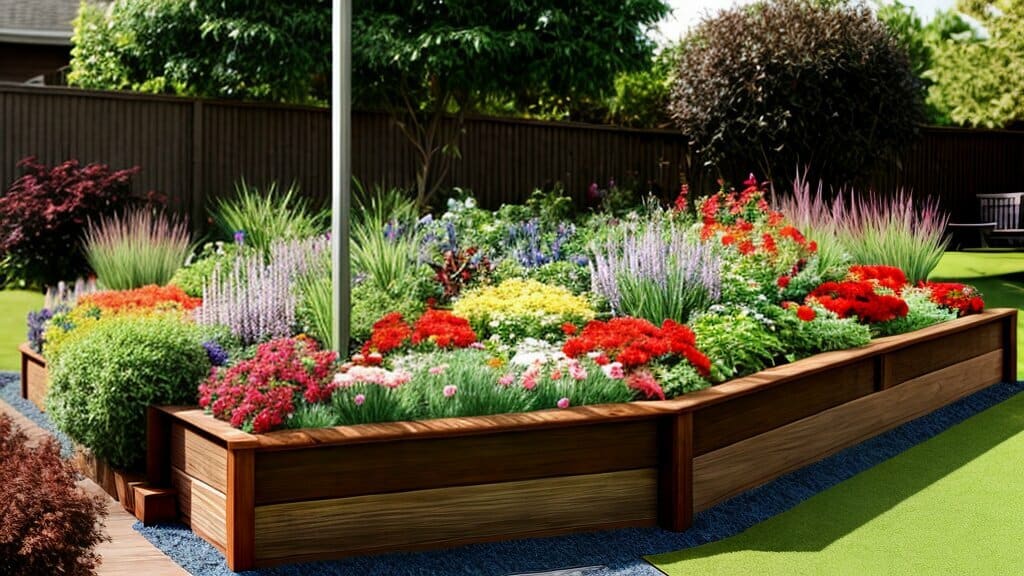If you’re an avid gardener, or just starting out, you may be wondering what you can do to improve soil quality, retain moisture, and enhance plant growth. One solution that many gardeners swear by is incorporating peat moss into their gardening practices.
Peat moss is a type of organic matter that is harvested from bogs and wetlands. It has a unique ability to absorb and hold moisture, making it an ideal soil amendment for water-sensitive plants such as ferns, orchids, and rhododendrons. But its benefits extend far beyond moisture retention.
In this article, we’ll explore the many advantages of using peat moss in your garden. From improving soil structure to supporting healthy root development, peat moss can help you grow stronger, healthier plants. We’ll also provide practical tips on how to incorporate peat moss into your gardening routine.
Key Takeaways:
- Peat moss is an organic matter harvested from bogs and wetlands.
- It can help improve soil structure, increase nutrient availability, and promote beneficial microbial activity.
- Peat moss is an effective moisture-retaining agent that can prevent water runoff and reduce water consumption.
- It can aid in the establishment of new plants, balance pH levels, and increase organic matter content in the soil.
- Peat moss is a cost-effective and environmentally friendly choice for gardeners.
The Benefits of Peat Moss for Soil Improvement
Peat moss is an excellent soil amendment that can improve soil health in many ways. Gardeners all over the world use it to enhance their soil quality and promote plant growth. Here are some of the top benefits of using peat moss in your garden:
Enhances Soil Structure
Peat moss is ideal for improving soil structure because of its fibrous composition. The fibers in peat moss help to open up dense soil, allowing air and water to permeate more easily. This creates a more optimal environment for plant roots to grow and develop.
Increases Nutrient Availability
Peat moss has a high cation exchange capacity (CEC), which means it can hold and exchange nutrients with the soil. When used in combination with other fertilizers, peat moss can help increase the availability of essential plant nutrients like nitrogen, phosphorus, and potassium.
Promotes Beneficial Microbial Activity
Peat moss contains beneficial microorganisms that can help improve soil quality. These microorganisms help break down organic matter, making it more accessible to plants. They can also help prevent the growth of harmful bacteria and fungi that can damage plant roots.
By incorporating peat moss into your garden, you can improve soil structure, increase nutrient availability, and promote beneficial microbial activity. These benefits can help ensure healthy, vigorous plant growth and increase your garden’s overall productivity.
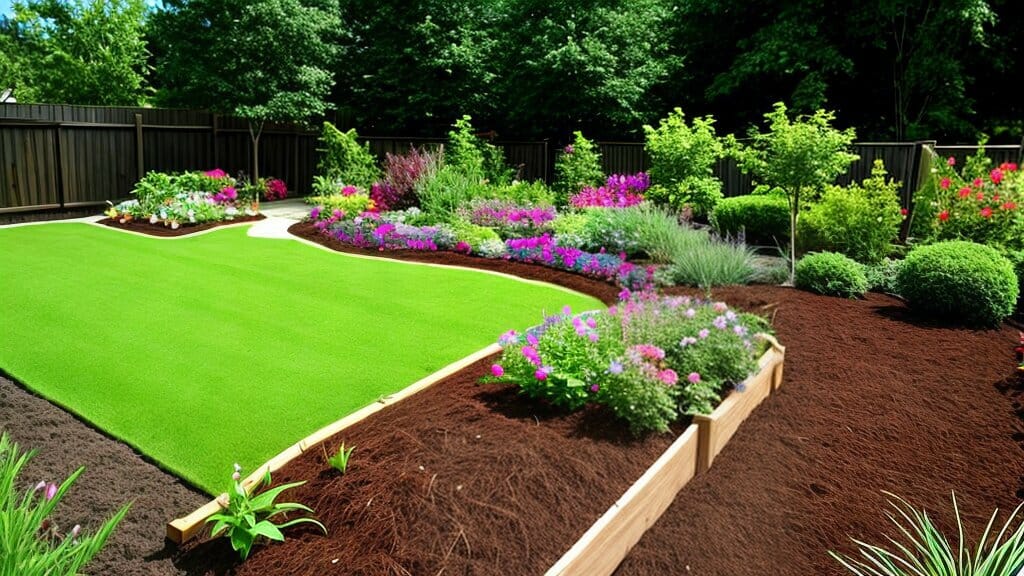
Peat Moss for Moisture Retention
Including peat moss in your gardening routine can result in better water retention in your soil. The water-holding capacity of peat moss is impressive, as it can absorb up to 20 times its weight in water, making it an excellent choice for gardening in areas with low rainfall or drought conditions. This characteristic also helps prevent water runoff, ensuring that your plants receive consistent moisture for healthy growth.
Peat moss can be used in various ways to enhance moisture retention in your garden. One option is to mix it with the soil before planting. Using a ratio of 1:1 of soil to peat moss is a recommended starting point, but it can be adjusted based on your specific soil and plant needs. Incorporating peat moss in this way can help create a more favorable environment for your plants’ roots, making it easier for them to access water.
| Tip: | Peat moss can also be used as a top dressing to help retain moisture on the soil’s surface and reduce evaporation. |
|---|
Another way to use peat moss for moisture retention is to add it to your compost. When mixed with organic matter, peat moss can help increase its water-holding capacity, ensuring that your compost remains moist and healthy. Compost made with peat moss is an excellent addition to your garden, as it adds nutrients to the soil while also helping to retain moisture.
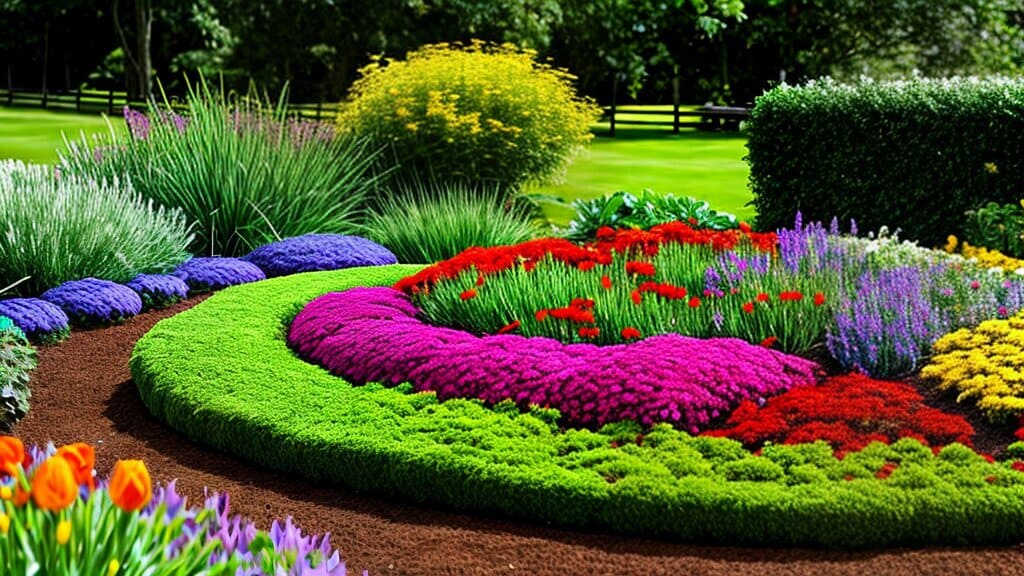
Using peat moss for moisture retention is an effective and eco-friendly way to promote healthy plant growth while reducing water consumption. Incorporating it into your gardening routine can help you save time, money, and resources while also creating a more sustainable gardening system.
Enhancing Plant Growth with Peat Moss
Peat moss is an excellent choice for gardeners looking to enhance the growth of their plants. Its unique properties provide essential nutrients and create a favorable environment for plants to thrive.
One of the primary benefits of peat moss is its ability to retain water. It can hold up to 20 times its weight in water, which keeps the soil moist and helps prevent moisture stress in plants. This is particularly beneficial during hot weather, periods of drought, and for plants that require consistently moist soil.
Peat moss is also an excellent source of organic matter, which can improve soil structure and tilth. It provides an ideal rooting environment, allowing roots to penetrate the soil more easily and spread out more effectively. This leads to stronger, healthier plants with larger root systems.
In addition to its water retention and soil improvement qualities, peat moss is also a source of essential nutrients for plant growth. It contains a range of minerals and micronutrients, including nitrogen, phosphorus, and potassium, that are necessary for plant growth and development. These nutrients are released slowly over time, providing a consistent source of nourishment for your plants.
Overall, the use of peat moss in your garden can promote healthy plant growth and development, leading to larger yields and more robust plants. It is a versatile and cost-effective option that is easy to use and suitable for a wide variety of plants.
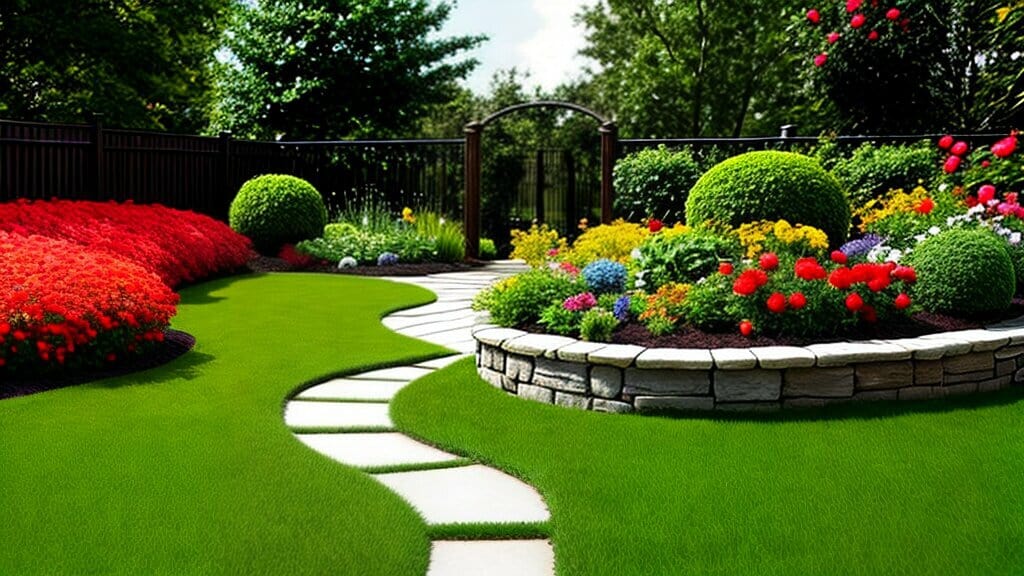
Incorporating Peat Moss in Landscaping
Peat moss is a versatile and effective tool for improving soil quality and promoting plant growth. In addition to its benefits for traditional gardening practices, peat moss can also be incorporated into larger landscaping projects.
One popular use of peat moss in landscaping is in flower beds. By adding peat moss to the soil, gardeners can improve soil structure and increase nutrient availability for their plants. Additionally, peat moss’s water-holding capacity can help prevent water runoff and promote healthy plant growth.
Another way to use peat moss in landscaping is as a base for sod or seed. By mixing peat moss with topsoil, gardeners can create a nutrient-rich foundation for their lawn. This can help establish a strong root system and promote healthy growth.
Finally, peat moss can be a useful tool for aiding in the establishment of new plants. By mixing peat moss with the soil in the planting hole, gardeners can create a favorable root environment and support the development of strong and healthy plants.
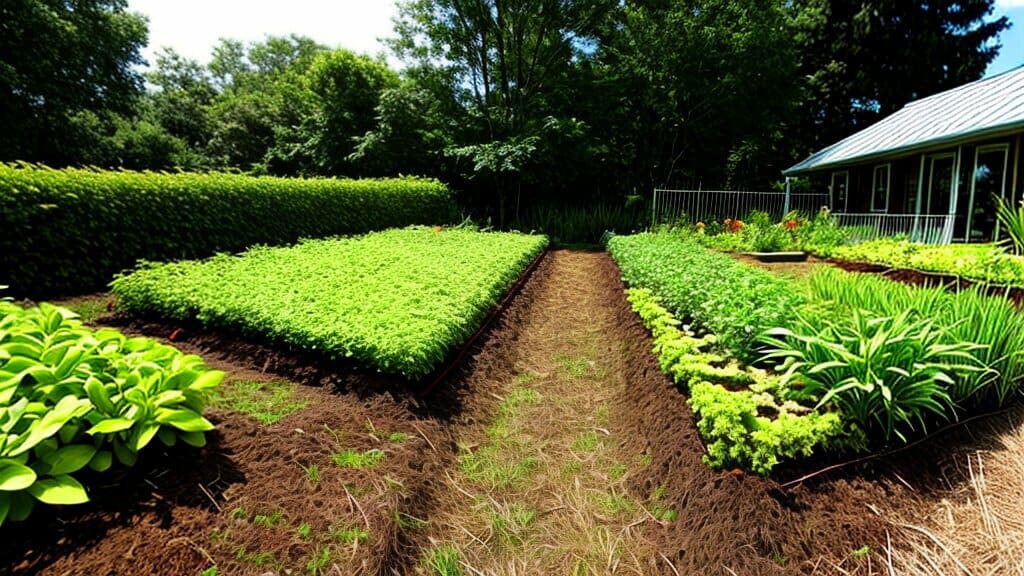
With its numerous benefits and versatility, it’s easy to see why peat moss is a popular choice for gardeners and landscapers alike. By incorporating peat moss into your landscaping projects, you can enjoy healthier plants and beautiful outdoor spaces.
Peat Moss as a Soil Amendment
Peat moss has long been recognized for its ability to improve soil quality, making it a popular choice for gardeners looking to enhance their planting environment. Used as a soil amendment, peat moss can help balance soil pH levels, increase organic matter content, and improve overall soil fertility.
One of the primary benefits of peat moss as a soil amendment is its ability to balance soil acidity. Peat moss is naturally acidic, with a pH level of around 4.0 to 5.0, making it an ideal choice for gardeners dealing with overly alkaline soil. By incorporating peat moss into the soil, gardeners can reduce the pH level, creating a more favorable environment for acid-loving plants like blueberries and azaleas.
In addition to its pH balancing properties, peat moss is also an excellent source of organic matter, which is essential for healthy soil. Organic matter helps to improve soil structure, promote beneficial microbial activity, and increase nutrient availability for plants. By increasing the amount of organic matter in the soil, gardeners can create an optimal growing environment for their plants.
When using peat moss as a soil amendment, it’s important to consider the recommended application rates. Typically, a 1:1 ratio of peat moss to soil is sufficient for most planting applications. It’s also important to mix the peat moss thoroughly with the soil, ensuring an even distribution of organic matter throughout the planting area.

Peat moss being used as a soil amendment.
Overall, peat moss is an effective and environmentally friendly choice for gardeners looking to improve soil quality. By incorporating peat moss into their planting routines, gardeners can help create a more optimal environment for their plants, leading to healthier and more vibrant growth.
Reasons to Use Peat Moss in Your Garden
Peat moss is a versatile and highly effective tool for any gardener. Whether you’re a seasoned pro or just starting out, there are plenty of reasons to consider incorporating peat moss into your gardening routine. Here are just a few of the key advantages:
| Advantages | Description |
|---|---|
| Improves soil health | Peat moss can greatly enhance the quality of your soil, promoting beneficial microbial activity and increasing nutrient availability for your plants. |
| Retains moisture | By improving the water-holding capacity of soil, peat moss can reduce water consumption while also preventing runoff and leading to healthier plants. |
| Supports plant growth | Peat moss facilitates the development of strong and healthy plants by providing essential nutrients and creating a favorable environment for root growth. |
| Assists in landscaping projects | Whether you’re establishing new plants or improving the soil quality in flower beds, peat moss can be a valuable asset in a wide range of landscaping scenarios. |
| Enhances soil fertility | As a natural soil amendment, peat moss can help balance pH levels and increase organic matter content, ultimately leading to improved soil fertility and plant health. |
Not only is peat moss an effective tool for improving the health and vitality of your plants, it’s also a cost-efficient and environmentally friendly choice. By reducing the need for chemical fertilizers and promoting sustainable gardening practices, peat moss can help you get better results while also minimizing your impact on the planet.

How to Use Peat Moss in Your Garden
Peat moss is a versatile and effective tool for improving soil health and promoting plant growth in your garden. When using peat moss, there are several important considerations to keep in mind to ensure maximum benefit. Here are some tips:
Proper Application Methods
Peat moss can be used as a top dressing, a soil amendment, or as a potting mix. For top dressing, sprinkle a thin layer of peat moss over the surface of the soil and gently rake it in. For soil amendment, mix peat moss into the soil at a ratio of 1:1 or 1:2 (peat moss to soil). For potting mix, blend peat moss with other ingredients such as vermiculite, perlite, or compost.
Recommended Ratios
While peat moss can be an effective soil amendment, it’s important not to use too much. A ratio of 1:1 or 1:2 (peat moss to soil) is recommended for most plants. However, some plants, such as acid-loving plants, may require a higher ratio of peat moss to soil.
Considerations for Specific Plant Types
When using peat moss in your garden, it’s important to consider the specific needs of your plants. For example, some plants may require a more acidic soil, while others may prefer a neutral pH. Additionally, some plants may require more or less water retention than others. Be sure to research the specific needs of your plants before using peat moss.
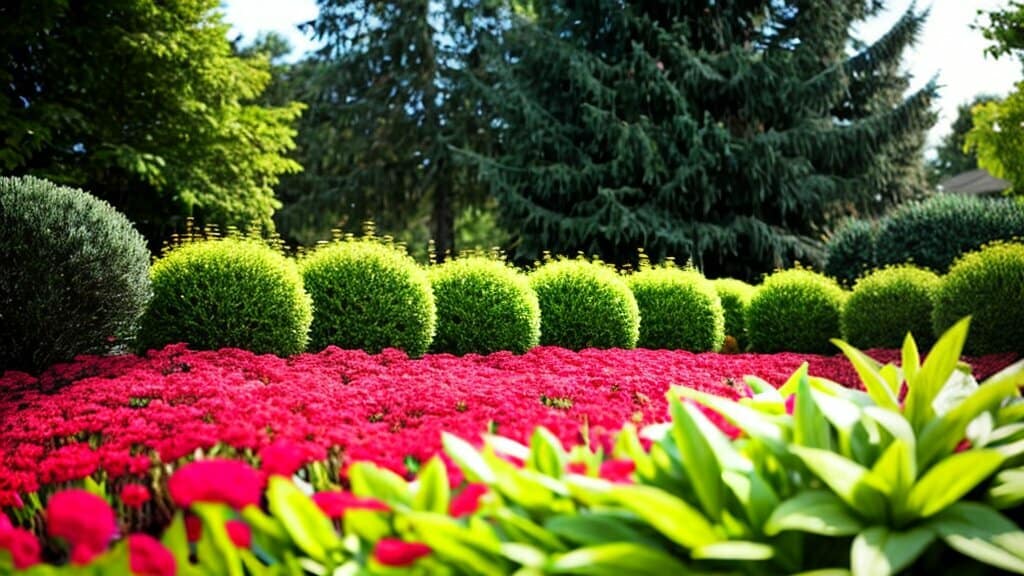
Using peat moss in your garden can help improve soil quality, promote plant growth, and reduce water consumption. By following these tips and considering the specific needs of your plants, you can enjoy the many benefits of peat moss in your garden.
Peat Moss: An Environmentally Friendly Choice
Peat moss is not only beneficial for gardening but also has environmental advantages. It is a renewable resource that can be harvested sustainably, making it an eco-friendly option for gardeners. Moreover, peat moss has the ability to sequester carbon from the atmosphere, helping to mitigate the effects of climate change.
By using peat moss in gardening, you can also reduce your reliance on chemical fertilizers, which can have negative impacts on soil health and water quality. Peat moss provides essential nutrients to plants naturally, without introducing harmful synthetic chemicals into the environment.
Additionally, peat moss can help improve the overall soil quality, leading to healthier plants and a more robust ecosystem. This can have a ripple effect, benefiting not only your garden but also the surrounding environment.
Overall, using peat moss in your gardening practices can have several environmental advantages. It is a sustainable and renewable resource that can help mitigate the effects of climate change while promoting healthy soil and plant growth.
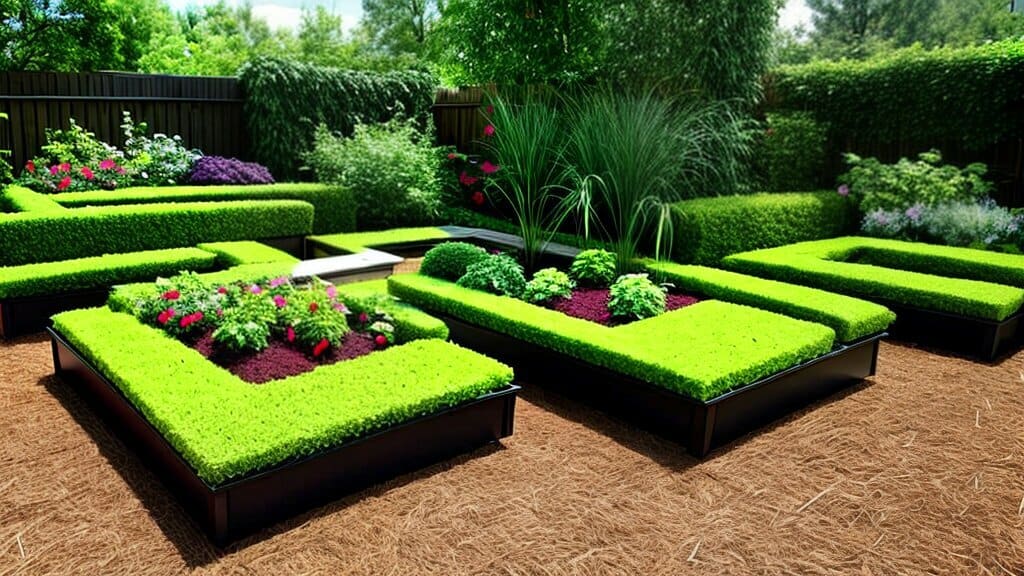
Conclusion
Peat moss is a highly beneficial garden amendment that offers numerous advantages for plant health and growth. Its ability to enhance soil structure, retain moisture, and promote beneficial microbial activity make it a valuable addition to any gardening routine. By incorporating peat moss into your landscaping projects, you can improve soil quality, support plant growth, and reduce water consumption.
In addition to its effectiveness, peat moss is also an environmentally friendly choice, with its renewable nature and carbon sequestration capabilities. Its use can reduce the need for chemical fertilizers and support sustainable gardening practices.
To use peat moss effectively in your garden, it is important to follow recommended application methods and ratios. Consider the specific needs of your plants and the soil in your garden before incorporating peat moss into your routine.
Overall, peat moss is a versatile and cost-effective option for gardeners looking to promote healthy plant growth and support sustainable practices. By incorporating it into your gardening routine, you can enjoy the numerous benefits it has to offer.
FAQ
Q: Why should I use peat moss in my garden?
A: Peat moss offers numerous benefits for your garden, including improved soil structure, increased nutrient availability, and promotion of beneficial microbial activity.
Q: How does peat moss improve soil health?
A: Peat moss enhances soil structure, increases nutrient availability, and promotes beneficial microbial activity, all of which contribute to improved soil health.
Q: Can peat moss help retain moisture in the soil?
A: Yes, peat moss has excellent water-holding capacity, which helps retain moisture in the soil and prevents water runoff, leading to healthier plants and reduced water consumption.
Q: What role does peat moss play in plant growth?
A: Peat moss provides essential nutrients, creates a favorable root environment, and supports the development of strong and healthy plants, thus promoting plant growth.
Q: How can peat moss be incorporated in landscaping projects?
A: Peat moss can be used to improve soil quality in flower beds, create a base for sod or seed, and aid in the establishment of new plants, making it a versatile option for landscaping.
Q: How is peat moss used as a soil amendment?
A: Peat moss helps balance pH levels, increases organic matter content, and improves overall soil fertility, making it an effective soil amendment.
Q: What are the reasons to use peat moss in your garden?
A: Using peat moss offers various advantages, including its versatility, effectiveness, and cost-efficiency, among others.
Q: How should I use peat moss in my garden?
A: Incorporating peat moss into your gardening practices is easy. Follow proper application methods, recommended ratios, and consider specific plant types for optimal results.
Q: Why is peat moss considered an environmentally friendly choice?
A: Peat moss is renewable, has carbon sequestration capabilities, and reduces the need for chemical fertilizers, making it an environmentally friendly option for gardening.
